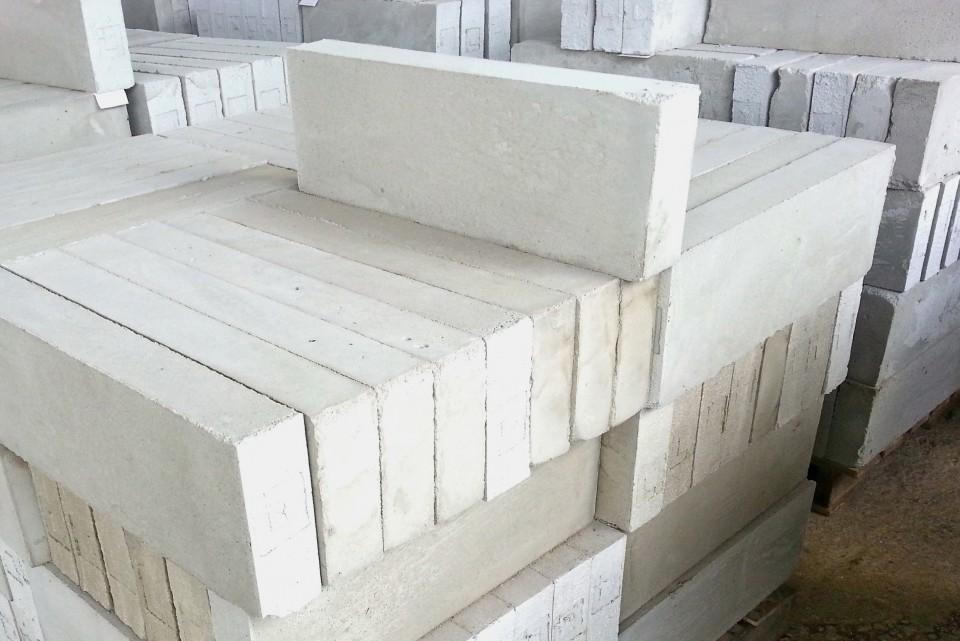Everything you need to know about lightweight concreteAs the name suggests, lightweight concrete is really light in weight when compared to the traditional concrete mix because it is made from coarse aggregate or entire fine aggregate instead of normal aggregates with Ieca growing medium.
Structural lightweight concrete used lightweight aggregates which are usually made from expanded shale, clay or slate materials that have been heated in a rotary kiln to develop a porous structure.

Classification of lightweight concrete
One can easily classify the types of lightweight concrete method of production These are:
- By using a porous lightweight aggregate of low specific gravity, lower than 2.6. This is known as lightweight aggregate concrete.
- By introducing large gaps within the concrete. These gaps should be distinguished from extremely fine gaps produced by air-entraining. Such type of concrete is called aerated, cellular, or foamed type.
- By omitting the fine aggregate from the mix so that large numbers of gaps are present; normal weight coarse aggregate is used. Such type of concrete as no-fines concrete.
Apart from the method of production, it can also be classified according to the purpose for which expanded shale suppliers can be contacted. This can distinguish between structural lightweight concrete, concrete used in masonry units, and insulating concrete.
Types of lightweight concrete
Here are the types of lightweight concrete that are generally used.
Lightweight aggregate concrete:
The first use of lightweight concrete blocks was mentioned during the 1950s. After that, the development and production of new types of LWA (lightweight aggregate) made it possible to introduce LWC of high strength which is suitable for structural work.
Today, LWA concrete is used in the construction of building to reduce the weight of the structure as it was an important consideration for design as well as for the economy.
Have a look at these different types of lightweight aggregates that is suitable for structural reinforced concrete:
- Pumice: It is used for reinforced concrete roof slab, mainly for industrial roofs.
- Foamed slag: Foamed slag was the first lightweight aggregate that was suitable for reinforced concrete produced in large quantities.
- Expanded clay and shale: This type is aggregate is capable of achieving sufficiently high strength for prestressed concrete.
Aerated Concrete: The concrete which has the lowest density, thermal conductivity, and strength is the aerated concrete. Just like timber, you can see it, screw it, and nail it but this concrete is non-combustible. Aerated concrete is made by mixing stabilized foam or by whipping air in with the help of an air-entraining agent.
While the precast products are usually made by adding 0.2 percent aluminum powder to the mix which reacts with alkaline substances in the binder to form hydrogen bubbles.
Different types of lightweight concrete based on density and strength
LWC can be classified as:
- Low-density concrete: Low-density concrete is generally used for insulation purposes only where high insulation values are needed.
- Moderate density concrete: Moderate density concrete has some bit of compressive strength and that is the reason why it falls between structural and low-density concrete. This concrete is sometimes designed as ‘fill’ concrete as the insulation values are intermediate.
- Structural concrete: Structural concrete offers full structural efficiency which is generally made with expanded shale, clay, slates, slag, and fly-ash.
Concluding
As mentioned in the above article that lightweight concrete is made from the coarse or fine aggregate. Apart from that aggregates are also utilized in creating hydroton clay pebbles which can be used as hydroponic grow medium for the plants.
|
Article Directory /
Arts, Business, Computers, Finance, Games, Health, Home, Internet, News, Other, Reference, Shopping, Society, Sports
|